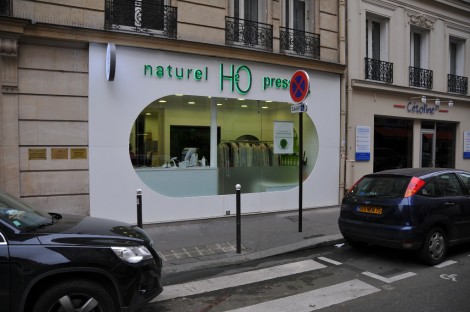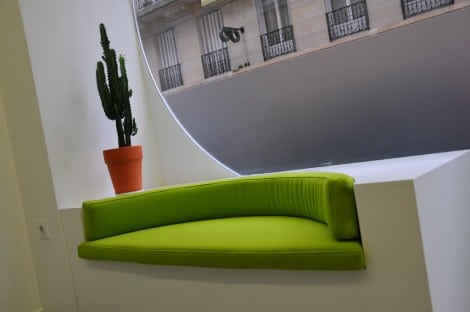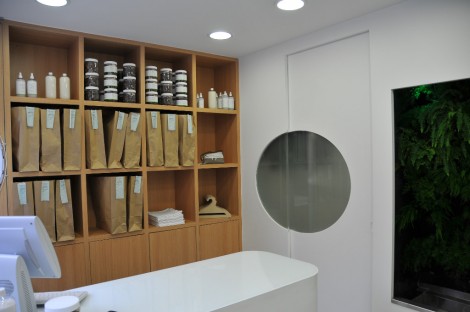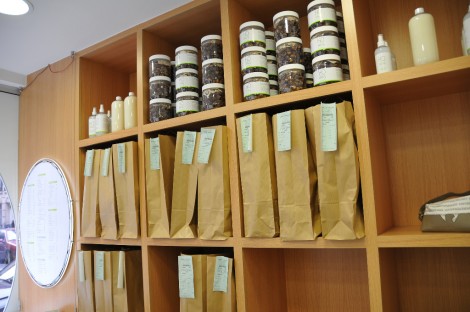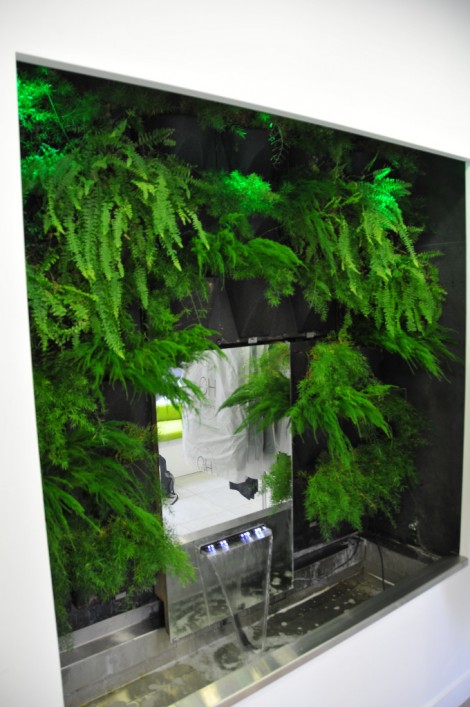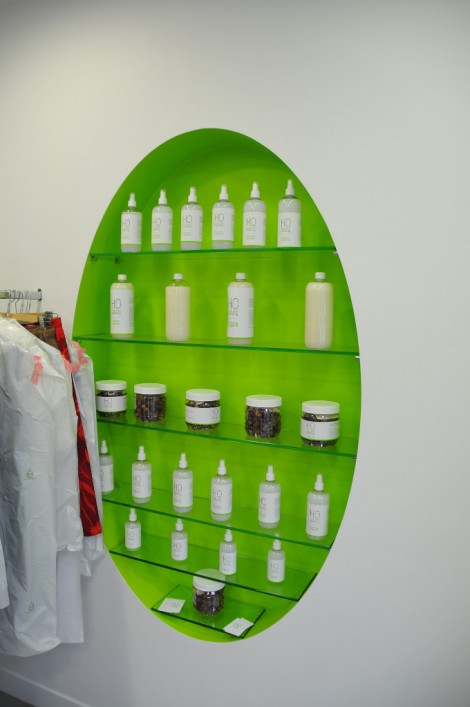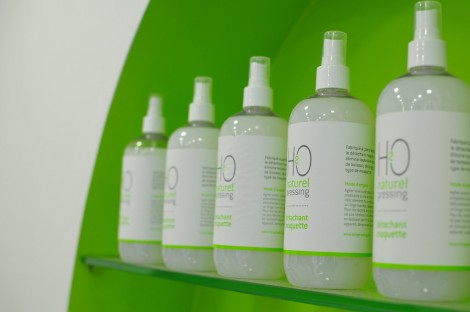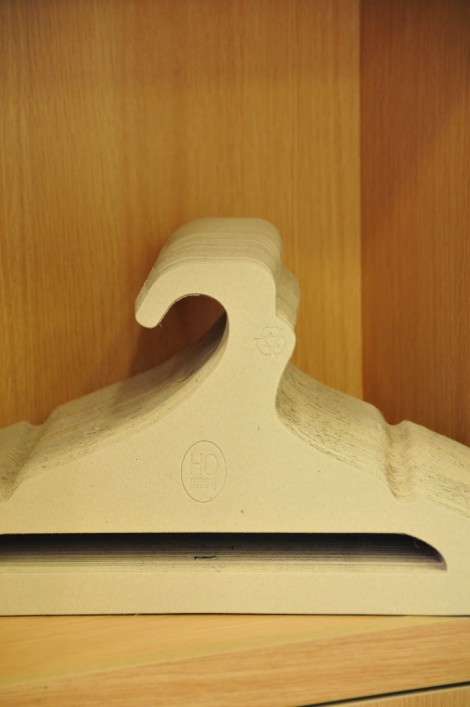The Paris Chamber of Commerce organized this year a contest dedicated to the best design initiatives in retail environments. As we explained in an earlier post we started taking appointments and visiting as many stores as possible that applied (even if they didn’t win a prize).
We started our tour with one of the winners, a dry cleaner called “H20”. We met with Bruno Benizri, the founder of the company who, in the meantime, opened another H2O store.
Bruno has been in the dry cleaning business for many years and wanted to change the image conveyed by chemicals-based processed. When we first went in, what struck us was the smell. There wasn’t any. Unlike other dry cleaner we’re used to, the H20 environment is just as pure as one could expect and customers don’t have to fear the terrible odors of oil-based cleaning products used.
As you will see on the pictures below, an amazing work was done on the layout of the store and on the graphical elements used. Although the budget was pretty limited to renovate the sales point, clever solutions were found to reinvent the space and rejuvenate the customer experience. Besides the colors which convey the organic and the freshness attributes, you’ll notice that the shop is divided into two distinct spaces (which is not the case in traditional dry cleaners): the counter is completely separated from the cleaning are. Next time you go to a traditional dry cleaner you’ll notice that those two areas are usually not separated which gives dry cleaner stores an uncleaned appearance.
H2O brings a total new concept where the reception area is fitted with a fountain and shelves where bags are stored and wait on their owners. This pretty much looks like a shirt maker shop. Everything was studied so much in detail that the brown bags fit perfectly in the shelves and adds to this feeling of cleanness. Special coat-hangers made out of cardboard were also foreseen to provide a customer experience that is aligned on all touchpoints.
Our take:
Although this kind of store relies on a very local clientele, Bruno Benizri claims that his revenues increased 30% after he switched his traditional store to this new concept. As mentioned previously he applied this recipe to his second store and has plans to extend in the future. Good luck to him and congratulations on this outstanding concept and realization.
Posted in Strategy.
